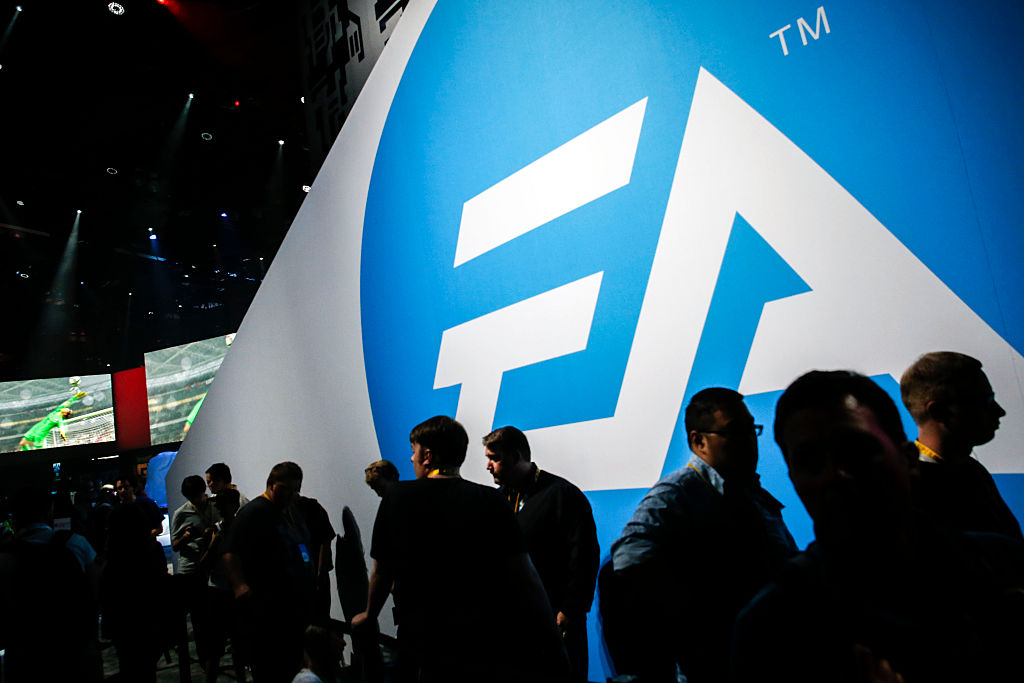
EA CEO Andrew Wilson confirmed the company is considering putting ads in traditional AAA games — titles that players purchase up-front for around $70 apiece. In the Q&A part of EA’s latest earnings call, Eric Sheridan from Goldman Sachs asked Wilson about dynamic ad insertion in traditional AAA games. Wilson said, "…Advertising has an opportunity to be a meaningful driver of growth for us." He then continued, "…we have teams internally in the company right now looking at how we do very thoughtful implementations inside of our game experiences."
In-game ads are a natural progression of advertising, especially as the gaming industry is expected to grow to $583 billion by 2030. Some players deem this a distraction, but others accept it as a fact of life as long as the ads are placed naturally and unobtrusively — not going loudly in your face, blocking in-game content, or interrupting your gameplay just to tell you that you should buy this product or subscribe to this service.
Unfortunately, EA has had a few instances of poor in-game ads. In 2020, the company placed full-screen in-game ads for the TV show The Boys in UFC 4. Its player base poorly received this placement, especially as it disrupted the game. This backlash led to EA removing the ad soon after.
In-game advertising is not new in the gaming industry. In fact, Adventureland, published in 1978, is the first recorded title to have ads baked in-game — although it was for promoting its sequel, Pirate Adventure. In 1983, Anheuser-Busch sponsored the arcade game Tapper, which featured a giant Budweiser logo right in the game and was designed for bars. Root Beer eventually replaced the Budweiser logo in 1984 so it could be placed in arcades where minors could play.
As the market for gaming titles increased in the 90s and 2000s, many companies wanted to tap into its potential — some games, like Zool and Push-Over, heavily featured products that sponsored their titles, like Chupa Chups and Quavers. In contrast, others were blatant advertisements, like Pepsi Man.
EA’s Need for Speed: Underground 2 from 2004 is famously known for its in-game ads placed on billboards all over the open world. Some would argue that EA did that for realism, as the brands in the game featured real-world companies like Best Buy, Burger King, and Cingular.
But it was in 2006 when GameSpot confirmed that EA was going all-in with dynamic ads in its titles, with Need for Speed Carbon and Battlefield 2142 among the first games to try it. In 2008, Burnout Paradise, another popular EA title, featured political ads for then-Senator Barack Obama’s 2008 US Presidential election bid.
More recently, SCS Software, the company behind the American Truck Simulator and Euro Truck Simulator 2 titles, sold ad space to trucking company Schneider National for hiring drivers. However, most of these in-game ads are placed on billboards by the side of the road, where you would naturally see them in real life.
In-game ads are an understandable side-effect of the free-to-play format. However, it leaves a bad taste, especially if the ads are served in a AAA game you’ve paid good money for upfront. While the development cost of AAA titles has skyrocketed, with titles like Call of Duty: Modern Warfare 2, Cyberpunk 2077, and Star Citizen costing hundreds of millions to make, their developers have also sold plenty of copies.
If EA adds dynamic in-game ads in its titles, let’s hope the company sticks to its promise of "thoughtful implementation" and "community building beyond the bounds of our games." Otherwise, its community might rise in arms and force a change, just like how the uproar over the Helldivers 2 PSN account linking forced Sony to reconsider the requirement.







